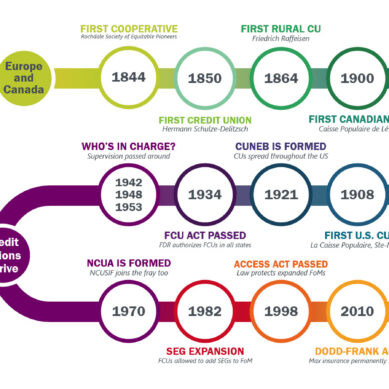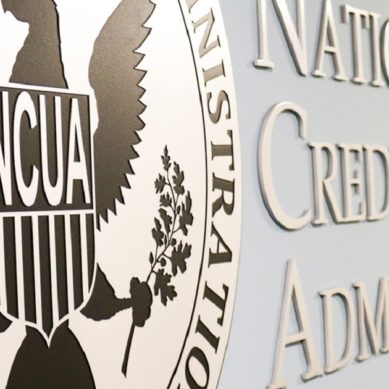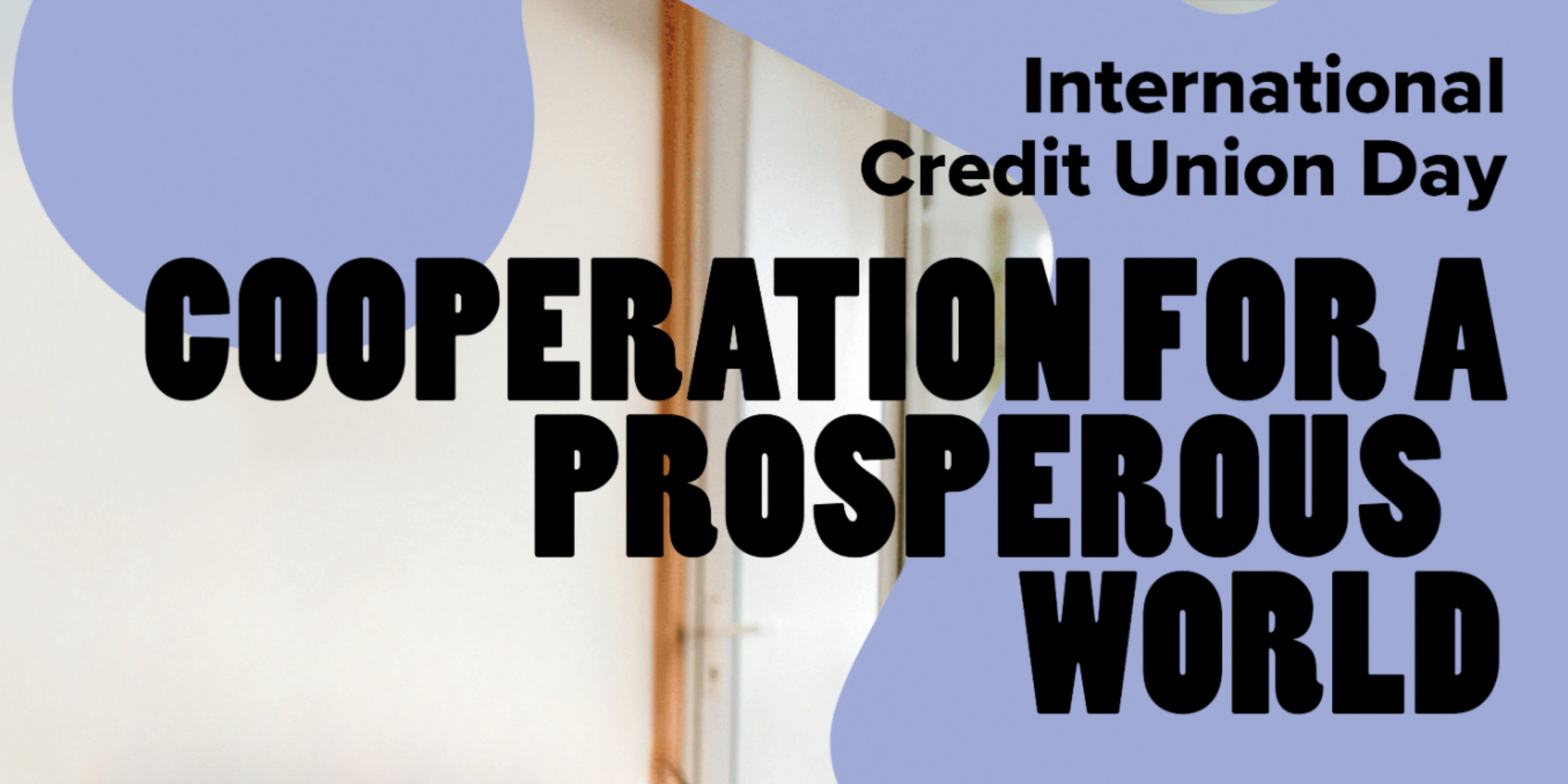One of the most overused words in the event industry during the pandemic is without a doubt, “pivot.” Yes, we have all had to learn how to be experts at pivoting and changing plans at a moment’s notice, based on whatever the current conditions and state regulations are. Mostly though, we’ve learned to pivot from in-person to virtual for all event planning, but is this is a temporary or permanent change? Will the pivot towards virtual remain after the gathering restrictions are lifted? Now that we are perfecting the art of virtual events, will people want to go back?
Many event planners are weighing in on the debate, wondering whether certain aspects of live events in the future will have a virtual portion or element that remains. As an event planner, I see some value in keeping portions of virtual experiences that have been expanded upon during the lockdown period.
Virtual or face-to-face?
Face-to-face interaction is invaluable, especially when we have all been so deprived or limited these last few months. Conferences will eventually return to this format; however, what if these conferences could reach a larger audience? Now obviously the swanky cocktail hours and after parties will remain physical, but what if portions of the conference such as keynote speeches could be live streamed along with the in-person format? This could open your company or brand for more traffic and exposure to possibly even new markets. This task may have felt too overwhelming before, but after months of practicing with these technologies, more companies may see this as a viable option in the future.
Not only does leaving some virtual segments in your event allow for broader audiences, but talk about the marketing and additional sponsorship opportunities! Your company’s brand will be highlighted through online marketing collateral and interactive links. Not only will your brand be in the spotlight, but this format will allow the attendee to fully interact with your brand. This will also open the door for sponsors to have online ads or even virtual booths.
Having options for attendees to explore the conference virtually allows for them to explore branded content and have interactive one-on-one conversations with company leaders that may not be available at in-person events. In person interaction will remain key moving forward for networking; however, when virtual options are used with flexibility it will be a strong alternative.
Why not both?
The key to pivoting successfully in events is remaining flexible and creative. The past months have forced us all to rely on technology 100%, but remember it is still hard working and dedicated professionals behind the scenes that create a dynamic event. We are reshaping the future of events while learning what can and cannot be achieved through virtual formats.
































































